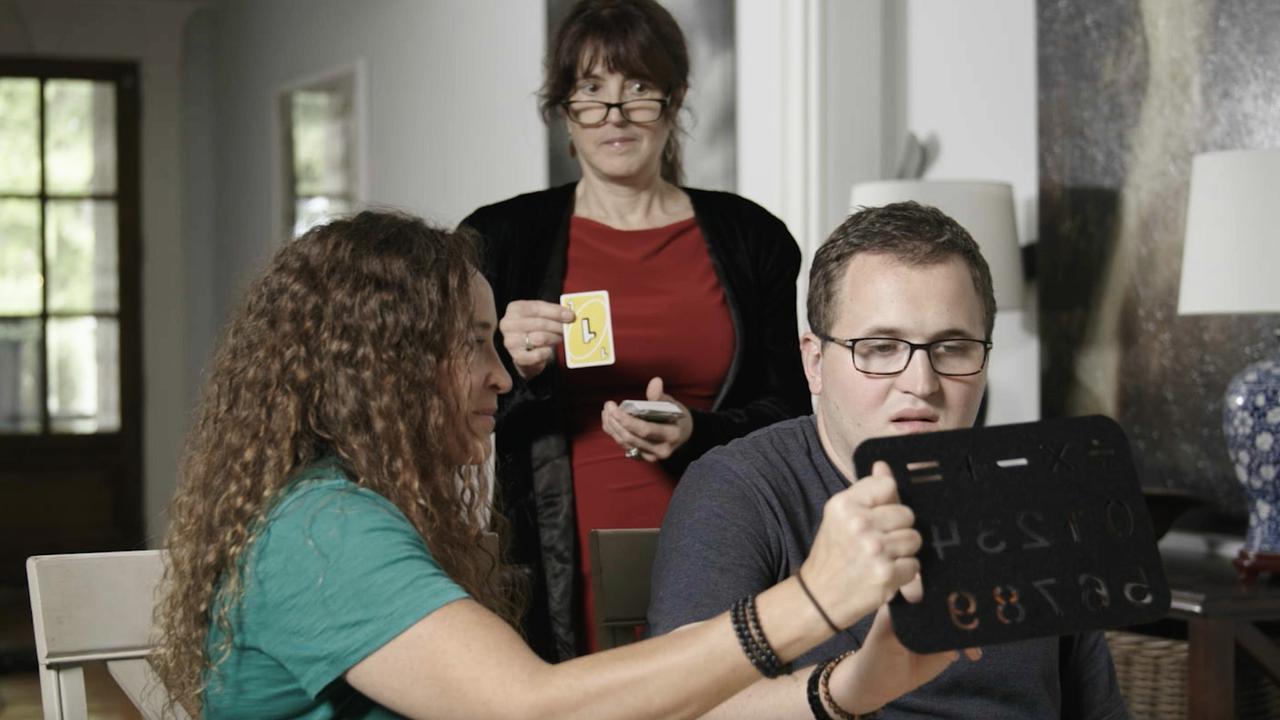Regional art is the big winner with this incredible exhibition
Regional art, and art connoisseurs, are the winners as the NGV partners with a gallery out west for this impressive exhibition.
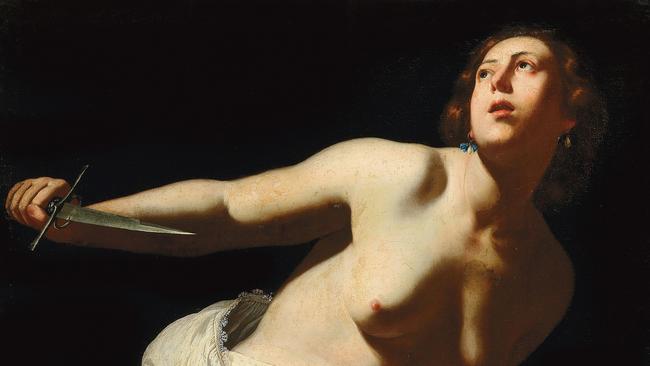
This is the sort of exhibition that could only happen in Victoria, and it illustrates the way that the National Gallery of Victoria has helped foster the development of regional galleries in that state – even if in this case it was only possible because the NGV is filled with the populist and vacuous NGV Triennial; but more about that on another occasion.
Hamilton is a long way from Melbourne, although it is a region well worth visiting, in the prosperous and fertile western district of Victoria, developed by settlers in the 19th century whose wealth supported the building of substantial regional towns. It is close to the Grampians and other beautiful places for walking and climbing and today has some fine hotels and restaurants.
The Art Gallery of Hamilton itself has a significant collection, which partly reflects the collecting interests of prominent local families, and which was the subject of a handsome 60th anniversary publication with many expert contributions in 2021. And now it is hosting an impressive exhibition of baroque art largely drawn from the NGV, supplemented by some outstanding loans from private collections. The exhibition is accompanied by a handsome and scholarly catalogue filled with useful and well-informed essays and entries.
The title, Emerging from Darkness, aptly evokes the tenebrism and dramatic use of light that are evident in many of these works, and which we associate in particular with Caravaggio and his followers, as well as later artists inspired by Caravaggio’s example, such as Rembrandt. And this use of light and shade is not merely a stylistic idiosyncrasy but expresses a particular vision of the world and understanding of spiritual experience.
Light and dark are the first colour phenomena named in early languages, but the use of shadow in making an image is not immediately obvious. Shadow is not needed in a schematic line drawing, nor in highly stylised forms of art; it appears as modelling when we are trying to give a more naturalistic account of the roundness of a form, the texture of a natural object or the definition of human features or muscles.
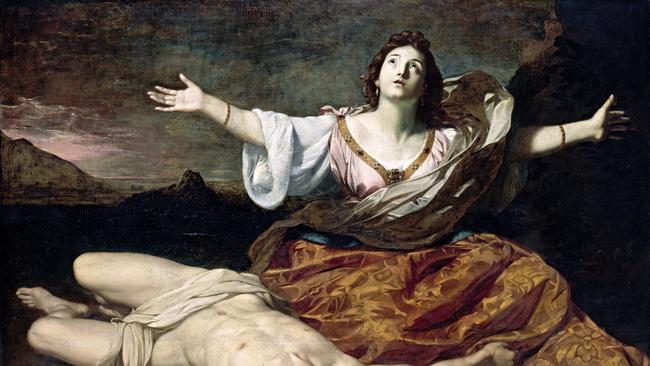
Light is a different matter: it is a metaphor of spiritual presence or power in many if not all advanced traditions of representation, and the expressive use of shadow appears as a corollary of the attempt to evoke light, since the illusion of luminosity can only be produced by the depiction of darkness in images. A more literal effect of light or brightness is often produced in religious art in various traditions by the use of gold leaf or paint.
The employment of shadow becomes systematic with the development of renaissance chiaroscuro, which is an optical corollary of perspective in that the former demands that everything in a painting be seen from a consistent point of view, and the latter demands a consistent treatment of the fall of light. Both of these can be understood as tools of naturalism, but perspective is more profoundly the construction of a rational model of the world, and chiaroscuro offers a more coherent and unified account of visual phenomena.
For this reason, chiaroscuro can also be used, in artificially intensified form, for dramatic effect to pick out the main elements of a composition, as though in a spotlight, and relegate the less important elements to shadow. As Sir Joshua Reynolds was one of the first to note, Rembrandt achieves a theatrical effect both in paintings and etchings by casting large parts of his compositions into darkness.
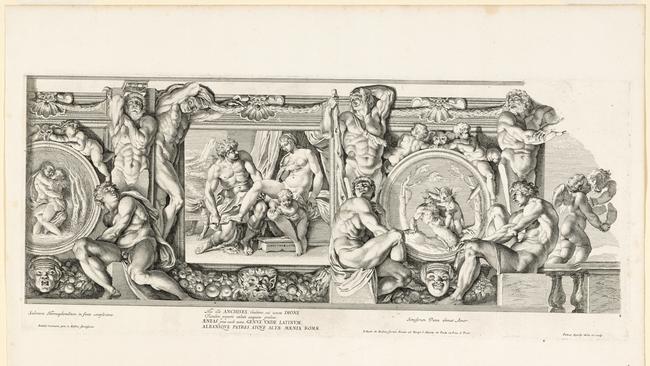
Baroque art made constant use of such lighting effects, which were naturally suited to the spiritual sensibility of the age: the material world, at the start of the Scientific Revolution, had never seemed so material and corporeal, and yet religious faith was still intense. Spiritual experience thus always seems paradoxical, surprising or explosive, from scenes of conversion or visions of paradise at the point of martyrdom, to religious epiphanies intruding into the everyday world, like the story of the Supper at Emmaus.
These images can also be said to emerge from darkness in a less obvious, though ultimately related way. The followers of Caravaggio in particular painted over a brown underpainting, which they often left virtually untouched in areas of shadow. This effect is particularly pronounced in some of Caravaggio’s later paintings, and it can be seen in this Hamilton exhibition in paintings by Ribera, Giordano and several others. In Artemisia Gentileschi’s painting of the suicide of Lucretia, the whole shadow side of her face is brown underpainting, over which the pink of the flesh colour has been drawn on the illuminated side.
The effect can be quite disconcerting if we look too closely: thus Lucretia’s cheek is divided from her chin, below the mouth, by a lacuna of brown; or her left breast (on the right from our point of view) is evoked entirely by what looks, from close quarters, like an almost abstract vertical patch of light dividing two broad areas of undifferentiated brown. And yet from a distance these seeming anomalies add to the vividness of the illusion, for there can be no differentiation where there is no light.
And thus we can understand the connection between this process and the radical chiaroscuro of the tenebrist painters: the technique assumes and produces the illusion of spotlighting in an otherwise dark space. The appearance of naturalism arises from fundamentally artificial and theatrical staging; for in reality we almost never encounter such conditions. Even with a single dominant light source – in standard chiaroscuro – there will be ambient and reflected light. Hence we will not find the same tenebristic lighting in, for example, Romanelli’s The Three Maries at the Sepulchre.
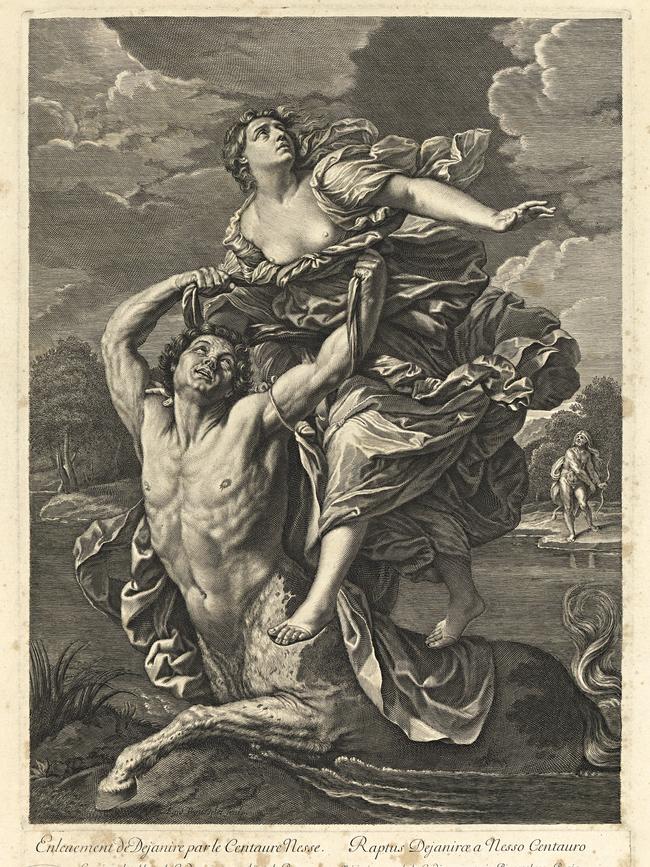
Artificially dramatic lighting is prominent not only in Artemisia’s Lucretia, lent from a private collection, but in the very fine Martyrdom of Saint Lawrence by Jusepe de Ribera, acquired by the NGV as recently as 2006, as well as Saint Sebastian by his imitator Luca Giordano, The Martyrdom of Saint Bartholomew by Caravaggio’s follower Manfredi, or Guercino’s Incredulity of Saint Thomas, another version of the painting in the National Gallery of London.
It is no coincidence that all of these paintings depict either martyrdom, mystical healing or spiritual illumination; all quintessentially baroque subjects in which dramatic and non-naturalistic lighting can evoke the illusion of reality. In Guercino’s case Saint Thomas’s doubt – his initially unenlightened state – is conveyed by the shadow that covers his face, while the wonder of realisation that will follow is represented by the illuminated features of Saint Peter on the left of the composition.
It is of course important to understand the stories behind these pictures if we are to appreciate them properly, and the biggest room in the exhibition presents four large paintings accompanied by panels that elucidate their subjects as well as others that discuss the lives of their artists. Elsewhere too wall labels help the viewer to understand the subject of individual works as well as the circumstances in which they were produced.
The presentation of the exhibition is thus elegant and yet also effectively didactic, and it would be a delight to visit with a group of art history students. As already mentioned, it is accompanied by a valuable catalogue filled with useful information and intelligent discussion, so unlike contemporary art publications that are almost always pretentious coffee-table tomes that remain deservedly unread.
One of the outstanding aspects of this exhibition is the intelligent pairing of drawings and prints, not only making clear the ultimate destination of the drawings, but helping us to appreciate them as the first germs of an artist’s thinking. One of the most impressive of these studies is the torso of a centaur by Guido Reni, matched with an engraving of the final painting of Nessus and Deianira in the Louvre.
The artist evidently made this drawing from a live model, but the attitude was inspired by the Hellenistic sculpture of a centaur subdued by Eros, also today in the Louvre. As in the case of Masaccio’s borrowing from the Medici Venus, the source is significant, for Nessus too is overcome by Eros, but aroused rather than subdued. He will attempt to rape Deianira, who is Heracles’ wife; Heracles will kill him with an arrow, but he will tell the young woman, as he dies, that his blood will be a powerful love potion, and she will unintentionally cause Heracles’ death years later.
An example like this reminds us again of the complex layering of meaning, allusion and recollection in the art of this period. As Charles Le Brun said, perhaps quoting Poussin, “le peintre n’a qu’un instant”, the painter only has one moment, and must therefore choose one that will imply the whole story as fully as possible. It also reminds us of the importance of ancient sculpture as a source for formal ideas as well as for mythological subjects.
These could be famous masterpieces of antiquity, like the Laocoon adapted by Michelangelo and Rubens – and here by Annibale in his figure of Phineus – but they could also be quite minor reliefs or other remains of ancient sculpture, like the so-called Nova nupta that inspired Annibale Carracci’s Venus, who appears here in an engraving, and Rembrandt’s Bathsheba.
Again, the study of a fallen soldier by Annibale, which as we see from the accompanying engraving was destined for the Perseus fresco in the Galleria Farnese in Rome, was drawn from a small sculpture known as the Fallen giant. Unlike the many reclining figures derived from river gods and ultimately originating in the Parthenon sculpture of the river Ilissus, this figure has its back flat to the ground and its legs raised and tipped to one side.
It is a surprisingly interesting attitude of supine contrapposto – probably because it offers a dynamic solution to the representation of a dead man – and we find it borrowed from the Perseus fresco a generation later by Nicolas Regnier in his Hero and Leander (1640-50) in this exhibition, although it had already been adapted by Guercino in his Christ mourned by two angels (c.1617-18) in the National Gallery in London.
Borrowings are thus not confined to antique sources, but include great modern ones as well; a beautiful study of a male nude by Annibale is inspired by Michelangelo’s Ignudi in the Sistine ceiling, and intended for a similarly decorative role in the Farnese ceiling, to the left of the group of Venus and Anchises, as we see in the accompanying engraving. All of these engravings reproduce the originals in the correct orientation, which is no easy matter, for all prints come out on the paper as the reverse of the block or plate. Thus these prints had to be engraved in reverse to reproduce the frescos correctly; another example not only of virtuosity but of the artifice required to evoke the illusion of reality.
Emerging from Darkness
Hamilton Art Gallery to 14 April



